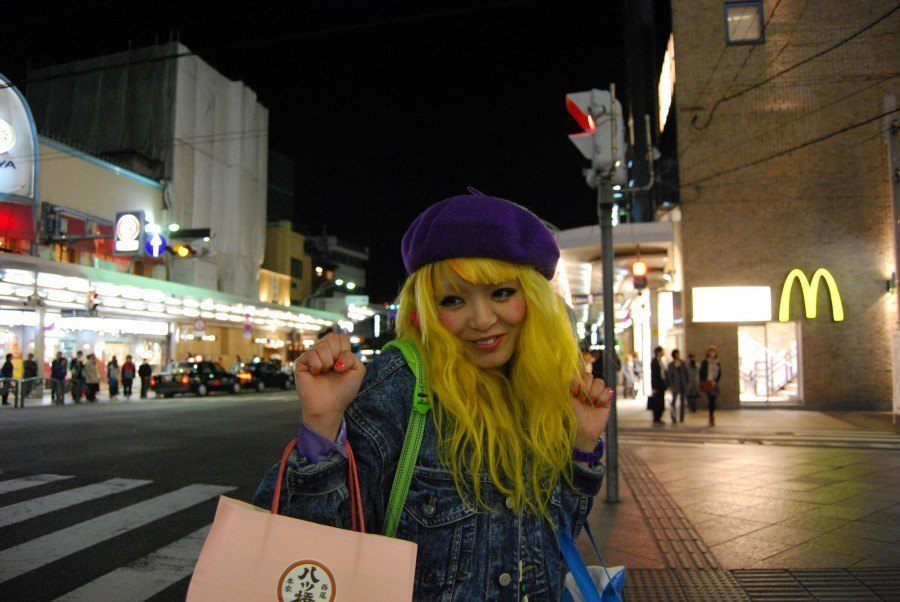Like this post? Help us by sharing it!
It’s a rainy Monday afternoon in Tokyo, but signs of spring have been appearing lately. This weekend the sun was shining, the first buds of sakura began to bloom, and just down the street from my apartment families were in the park drinking beer and playing with their children.
For those of you watching the news from overseas I can only imagine how hard it must be to imagine any semblance of normal life returning to this country after such devastating events. And, I must admit, as I sit in my apartment writing this blog I am finding it more than a little difficult to say anything about Japan right now without mentioning the earthquake, tsunami, or radiation. Especially as small but numerous aftershocks continue to shake my walls and light fixtures.
As time has passed I have come to realise that the father of someone close to me was swept away by the tsunami and an acquaintance whom I had expected to meet yesterday was busy trying to find accommodation for his parents because their house had been obliterated by the tsunami. These simple connections make the images on the news seem all the more real and heartbreaking, but for the majority of us in Tokyo, life is beginning to return to normal. Yes, there are a few empty shelves in the grocery stores, a few less trains to carry us in, and far fewer lights turned on (in the co-ordinated effort to save electricity) but, for those of us who call Tokyo home, this is a time to appreciate our loved ones with new fervour and do whatever we can to help the thousands up north who desperately need it.
Over the past two weeks I was lucky enough to travel around Japan with 14 amazing individuals (from England, Australia, and Canada). Each and every one of these people were here during one of the worst disasters to hit Japan since World War II. Yet despite the timing of our trip, we were lucky enough to have been far away from the areas that were worst hit and found ourselves in the somewhat surreal position of being completely and utterly unaffected (though not emotionally) by what was taking place in the north of the country. In Hiroshima, we found ourselves mesmerised by the news one minute and downing beers with locals the next. In Okayama, we wrote emails to our loved ones back home who were worried for our safety and then spent the afternoon riding bicycles through the Japanese countryside, meeting smiling old ladies along the way.
I am always curious about what it is that makes people fall in love with Japan but, in light of the recent events, people’s answers to this question had a special resonance this time around. Their answers ranged from sushi-eating contests to bathing monkeys, late-night karaoke parties to early morning chanting monks, Star Wars inspired chopsticks to geisha dances, the efficiency of the bullet trains to sipping sake out of square cups, the cleanliness of the cities to the understated elegance of the temples in the countryside and, of course, the feasts of Japanese food at every stop along the way. But what always seems to make the top of everyone’s list is simple; it is the people.
As someone who has chosen to make my home in Japan, I couldn’t agree more. The people of this country are what make it one of the most amazing places in the world and the one reason that we can all rest assured that Japan will pull through this event more united than ever.
Although this blog is not about donating or asking for money, for those who are interested in giving, InsideJapan recommends an organisation called civic force. For those who aren’t, we can assure you that your kind words and thoughts are not going unappreciated.





